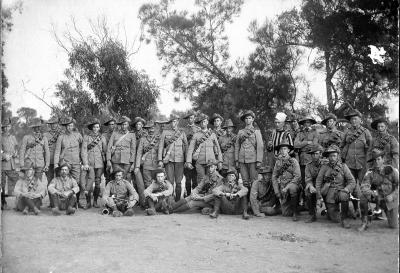Interwar, Australia, Western Australia, Rottnest, Oliver Hill, Miniature Range,1938
1938Scale model of Japanese cruiser of the Kako Class used in miniature target range, painted battleship grey with emphasis on silhouette and prominent features..
Live firing of coast artillery weapons in peacetime was infrequent due to both cost and limiting barrel wear. Loading and ammunition handling drills could be practiced with dummy rounds of equivalent weight. Target identification and engagement was practiced using a miniature range. One feature of the miniature range was scale models of potential enemy warships
The reference for the construction and operation of the miniature range was Miniature range for instruction in ranging coast artillery guns (counter-bombardment) 1932 published by HMSO in London. It was a 13 page manual with 6 leaves of illustrations.
Details
Details
No identifying markings
From: JANES FIGHTING SHIPS 1932
Editor: Oscar Parkes OBE
Publisher: Sampson Low, Marston and Company London
Pages 327-328
JAPAN – First Class Cruisers Kako Class – 2 ships
HIJMS Kako and HIJMS Furutaka
Both ships were launched in 1925 and had a displacement of 7100 tons, a length of 580 feet and a crew of 604. The ships main armament as launched were six 8 inch guns.
Kako and her sister ship Furutaka were the first generation of high speed heavy cruisers in the Japanese navy, intended to counter the US Navy Omaha-class scout cruisers and Royal Navy Hawkins-class heavy cruisers.
In 1936/37, the armament of both ships was replaced by three 203.2 mm (8 inch) twin turrets. Kako was sunk during the Battle of Savo Island on 10 August 1942. Furutaka was sunk on 12 October 1942 at the Battle of Cape Esperance.
This model is the only known surviving relic from the miniature range associated with the 9.2 inch gun battery at Oliver Hill, Rottnest. The miniature range itself remains as vestigial footings outside the entrance to the Plotting Room. The choice of a Japanese cruiser as one of the target models for the Oliver Hill miniature range is a clear indication of military thinking of potential enemies. This is also borne out by references to Japan in the Committee of Imperial Defence Reports on Australian coastal fortifications from the 1920s and 30s.
Australian Army Museum of Western Australia
Australian Army Museum of Western Australia
Other items from Australian Army Museum of Western Australia
- Mothers’ and Widows’ Badge – World War 1
- Mother's and Widow's Badge – World War 2
- Female Relative Badge World War 2
- Female Relative Badge World War 1
- World War 1, Guildford, Western Australia, Australia, Australian Field Artillery, 1914
- Post-War, Swan Barracks, Western Australia, Australia, LE LE SOUEFF
- World War 2, Western Australia, Perth, 2/11 Battalion, 1940
- World War 2, Eastern Mediterranean, Crete, German troops
- World War 2, GOERING, Luftwaffe
- Inter-War, Western Australia, Harvey, 10 Light Horse, 1926
- Pre 1914, 2nd Anglo Boer War, Cape Town, South Africa, 5th and 6th Western Australian Mounted Infantry
- Inter War, Western Australia, Harvey, 10 Light Horse, 1926












